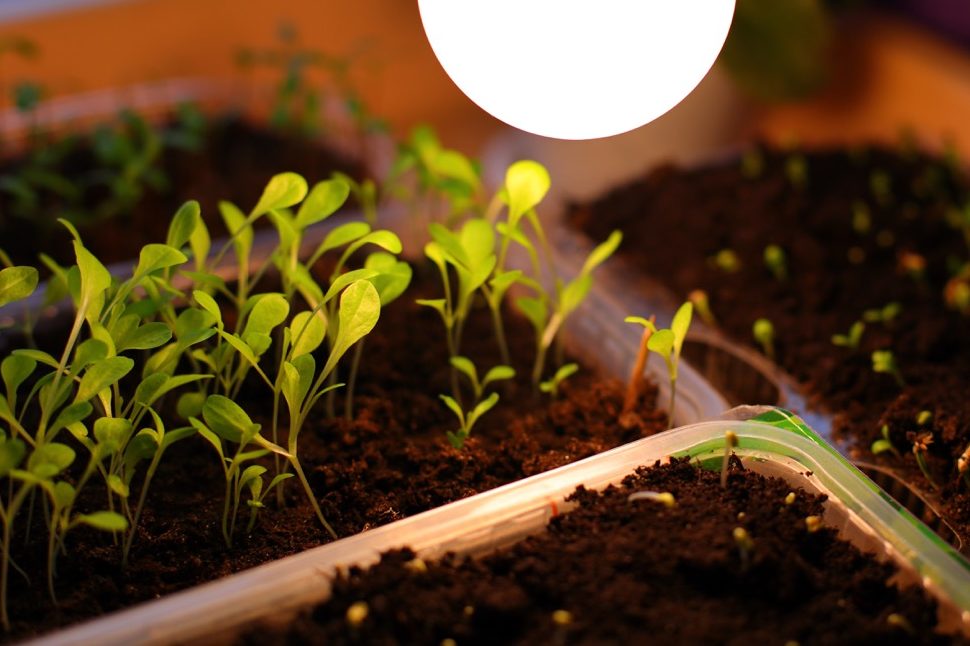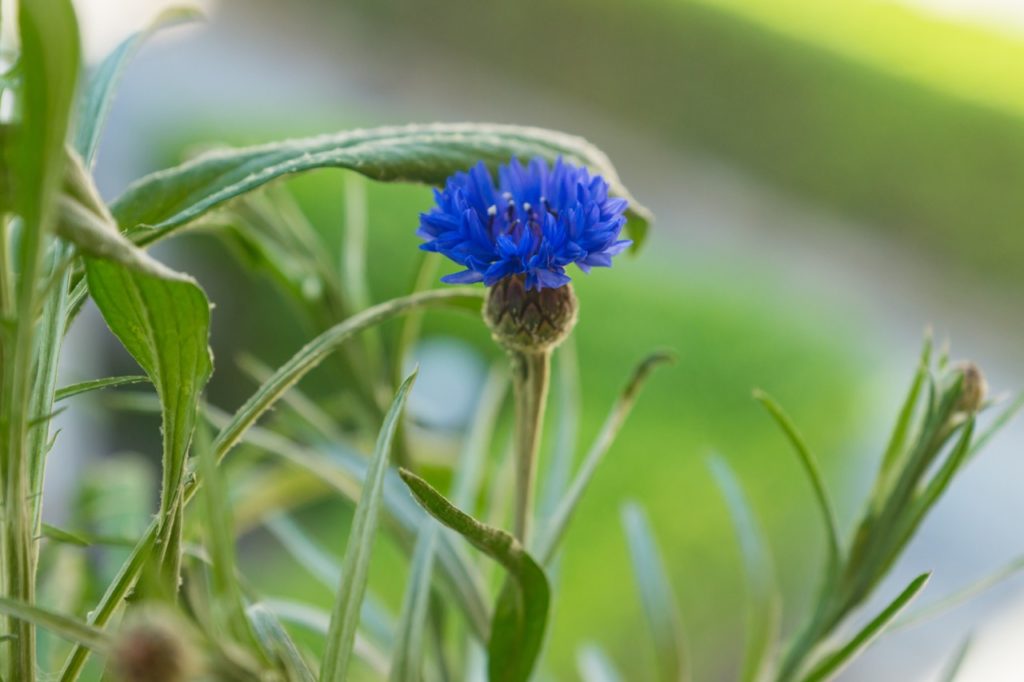6 Tips When Growing Cornflowers In Pots From Horticulturist Peter Lickorish

ANNUALS > CORNFLOWER > CONTAINERS
Reviewed By PETER LICKORISH

Peter is a Horticulture Lecturer and self-employed Horticulturist, with a passion for diverse areas of the industry - from garden design to the science behind plant growth and propagation. He has completed the Royal Horticultural Society’s Master of Horticulture (MHort) Award and lectures on RHS courses at Bedford College.
IN THIS GUIDE
CORNFLOWER GUIDES
Container Growing
Growing From Seed
Cornflowers are annuals that display double-form, narrow-petalled, somewhat ruffled flowers of a deep blue tone.
Besides the blue tones of the species plant, white, pink, purple and red flowers, often with darker centres, are also available.
Regardless of the array of colours, these annuals are very easy to grow in containers or in the open ground.

So can you grow cornflowers in pots? The answer is yes – and to great effect.
Granted, this flower is best suited to cottage gardens and wildflower meadows, but if you live in a high-rise apartment, cornflowers will look brilliant in a pot on the balcony.
Even if you have a garden, there’s no reason why you can’t grow cornflowers in pots.
| Difficulty | Easy |
| Equipment Required | Pot or container(s), compost and sandy loam, a trowel |
1) Select A Non-Synthetic Container
Firstly, be sure that the container has drainage holes, as this plant needs excellent drainage.
We suggest that the container is not made from a synthetic material – terracotta or clay is preferred.

As you would be sowing cornflower seeds in their first and last pot, as we explain later, be sure to choose a container of the appropriate size.
For the species plant or varieties of similar dimensions, a pot 30-35cm tall with a depth of 15L should be good enough.
For dwarf varieties, choose an appropriately smaller pot.
2) Use Organic, Sandy Loam
Soil for cornflowers should be slightly enriched sandy loam.
Simply enrich a sand-based loam with some organic compost in a mix of around 1 part compost to 4 parts loam.
If the compost is too rich, plants will become tall and leggy.

It is essential for container-bound cornflowers to be rooted in soil that drains very well, so start with a layer of pebbles or gravel, then a layer of grit and also incorporate grit or perlite into the soil.
Firm the compost down well, and top up, otherwise it will sink later on.
The optimum soil pH for cornflowers is slightly alkaline to neutral.
3) Sow Before The Last Frost
If you want to get off to an early start and are able to keep the containers indoors in a sunny spot for a month or so after seedlings emerge, sow seeds 2-3 weeks before the last anticipated frost.
Otherwise, if you want to keep the pots outdoors to begin with, sow seeds about a week after the last frost.

Sow 2-3 seeds in small pots and thin to one about three weeks after germination.
For larger pots, broadcast loosely across the top of the compost.
Moisten the medium, then nudge seeds into the surface and cover with a fine layer of the soil, around 1-1.5cm deep.
This cover provides the darkness needed for germination.
Do not pack it firmly. Moisten well after sowing and keep the medium moist.
4) Avoid Potting Up Or Transplanting
Cornflowers are usually unfussy, vigorous plants, but if there’s one thing they are quite disagreeable to, it’s being transplanted.
Besides, the species plant and most varieties are fast-growing annuals that don’t really need an early start, but, if you intend to grow them in pots, you can give them one by keeping the pots indoors until the season allows you to move them out.

So, one way or another, you do not need to pot up or transplant cornflowers, and I’d suggest that you avoid doing so.
5) Limit Plants Per Pot For Greatest Effect
For small pots, I’d suggest you go with one per pot, as although some varieties top out at 30cm, I think this plant looks best on its own.
However, you could plant 4 or so in a wide enough planter to great effect, as Master Horticulturist Peter Lickorish shares:
“I like to grow cornflowers in a trough with a mixture of cultivars for maximum interest. In fact, a trough of cornflowers was what ignited my interest in gardening as a 7-year-old.
“It’s all the more rewarding if you save the seeds afterwards. Troughs also lend themselves to mini meadows, so you could sow poppies, cosmos and other annuals too.”
I’d recommend that you try lining up 6 clay pots, with a blue cornflower plant in each, along the front wall of a dwelling or on a porch for a magnificent display.
6) Keep Containers In Full Sun
Keep the containers in a location that receives full sun.
Although afternoon shade is the next best option, any more shade will cause these sun-worshippers to struggle.
Where watering is concerned, aim to keep the medium moist, allowing it to just dry out between waterings.
Water in moderation but do so twice a week, or more often in hot and dry weather.
Deadhead regularly to keep the blooms coming.

“Once plants have reached 10-15cm high, I recommend pinching out the top growing point to encourage them to thicken up and, ultimately, produce more flowers,” says Peter.
“The flowers may be slightly smaller, but in the long run, I find it’s worth it.”
Though you do not need to fertilise cornflowers, doing so will certainly make for healthier plants with more profuse blooms.
If you wish to fertilise the plants, about 6 weeks after the plants have germinated, feed them with an all-purpose liquid fertiliser at about 75% of the recommended strength.
Keep feeding at intervals of 4-6 weeks.

